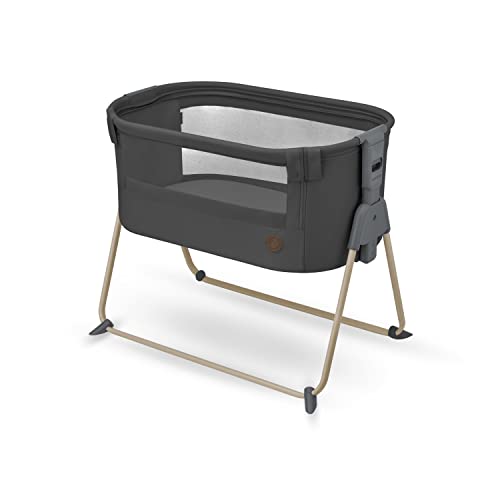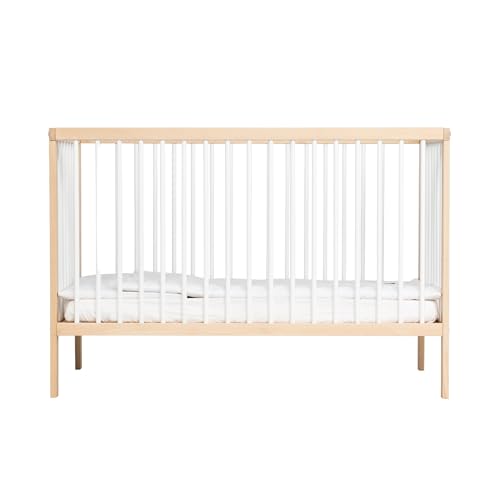best-baby-cots0438
best-baby-cots0438
The Biggest Issue With Tots And Cots, And How You Can Solve It
Tots and Cots: A Comprehensive Guide for Parents
When it concerns making sure a safe and comfortable sleeping environment for babies and young children, the choices parents make– varying from cribs to cots– can significantly affect their wellness. Today’s article dives deep into the intricacies of selecting the best sleeping arrangements for tots, stressing safety, style, performance, and how these options develop as a kid grows.
Understanding Tots and Cots
Tots usually refer to young kids, particularly young children aged in between 1 to 3 years, while cots are the sleeping arrangements specifically created for babies and toddlers. The suitable sleeping equipment for this age group includes various kinds of cots, cribs, and young child beds.
Types of Cots
Different designs exist to satisfy the diverse needs of both parents and children. Below is a list laying out the most typical kinds of cots available:
-
Standard Crib
- A traditional crib is designed for infants and usually consists of sides that can be adjusted to different heights.
-
Convertible Crib
- This kind of crib can convert into a toddler bed, daybed, or full-sized bed as the child grows, making it a long-term financial investment.
-
Portable Crib
- Likewise called travel cots, these are lightweight and easily foldable, perfect for taking a trip or smaller sized living areas.
-
Co-Sleeper
- A co-sleeper crib attaches to the side of the moms and dads’ bed, permitting simple gain access to while guaranteeing the Baby Crib has a different and safe sleeping area.
-
Toddler Bed
- A young child bed is a little bed that resembles a standard bed however is designed specifically for toddlers, usually including security rails.
-
Mini Crib
- Mini cribs are smaller sized than basic cribs, making them a fantastic alternative for tight areas, however they appropriate for infants only.
Security Considerations
Guaranteeing safety is paramount when selecting a cot for a kid. Here are critical security guidelines parents ought to consider:
- Check for CPSC Certification: Ensure that the cot follows the Consumer Product Safety Commission (CPSC) standards.
- Avoid Drop-Sides: Cots with drop-sides have been connected to safety threats, and the most recent security policies forbid them.
- Use a Firm Mattress: A firm mattress minimizes the danger of suffocation and should fit comfortably within the cot.
- Keep Bedding Simple: Use a fitted sheet and prevent pillows, comforters, and packed animals that can posture suffocation threats.
- Follow Weight and Age Guidelines: Ensure the child has actually not exceeded the cot’s weight limit and is still within the recommended age.
Transitioning from a Cot to a Toddler Bed
The transition from a cot to a young child bed can be a psychological turning point for both moms and dads and children. Here are actions to relieve the transition:
Timing
Choosing when to transition can be subjective, however it’s usually advised to make the switch between 18 months and 3 years, based on aspects like:
- Physical Ability: If the kid is climbing out of the cot.
- Potty Training: Consider transitioning if the child is toilet training and needs easier gain access to.
- Behavior: Exhibiting signs of maturity, such as following instructions or expressing a desire for self-reliance.
Tips for Making the Transition Smooth
-
Include Your Child: Let the kid select their brand-new bedding or bed decor to impart enjoyment about the change.
-
Keep Routine Consistent: Maintain the child’s bedtime regimen to supply convenience throughout this duration of change.
-
Explain the Change: Discuss the transition to a young child bed positively, making it sound like a great experience.
-
Precaution: Place the bed versus the wall or use bed rails to prevent falling during sleep.
Picking the Right Bed
When picking a young child bed, moms and dads need to consider aspects like:
- Height: Low-profile beds are ideal for young children who may fall out throughout sleep.
- Toughness: Ensure the bed can hold up against active play in addition to sleep.
- Style and Design: Choose a design that matches the kid’s space and is attracting the kid.
Choosing the ideal cot for your kid can be an overwhelming procedure, however comprehending the choices readily available, key security considerations, and the ideal timing for transitioning to a toddler bed can make this journey easier for parents. Investing time and effort into these choices will ensure that your child has a safe, comfortable, and nurturing sleep environment.
Frequently asked questions
1. What is the distinction in between a cot and a crib?
- A cot is normally a smaller bed developed for more youthful toddlers, while a crib is a larger bed that is normally suitable for infants as much as 3 years of ages.
2. When should I move my kid from a crib to a toddler bed?
- The shift time is normally between 18 months and 3 years; this change is based upon the kid’s physical capabilities and behavioral signs.
3. How can I guarantee my child is safe while sleeping?
- Constantly comply with security requirements, utilize a firm mattress with a basic bed linen arrangement, and monitor the cot’s weight limit.
4. What should I do if my kid attempts to climb up out of the cot?

- If your child is climbing up out, it might be time to consider transitioning to a toddler bed to prevent falls.
5. Can I utilize the very same bed mattress when transitioning?
- Usually, it is best to change the crib bed mattress with one that specifies to the young child bed. Ensure it fits snugly and sticks to safety requirements.
By considering these aspects, parents can design healthy sleep practices and offer their kids with a safe and secure environment that promotes restful sleep. Purchasing quality sleeping arrangements will contribute to the kid’s total advancement and joy.




